Monitor Envy – Its Here! (almost)
While a direct comparison against other similar monitors is difficult given the fact that no other monitors we know of are billed as Mini-LED monitors although some have direct backlights with multiple zones. That said, Samsung’s Mini-LED backlight system gives a higher level of backlight granularity than more typical edge-lit monitors or those with direct lit systems. The Samsung Mini-LED monitor sets a new level for gaming monitors and while certainly expensive, is a level above others, at least in specs, and should push competing brands to adopt Mini-LED backlights going forward.


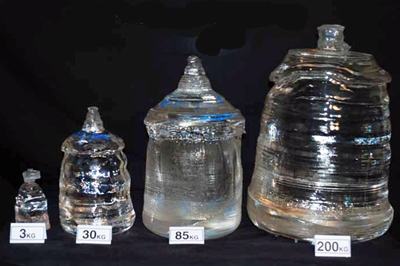

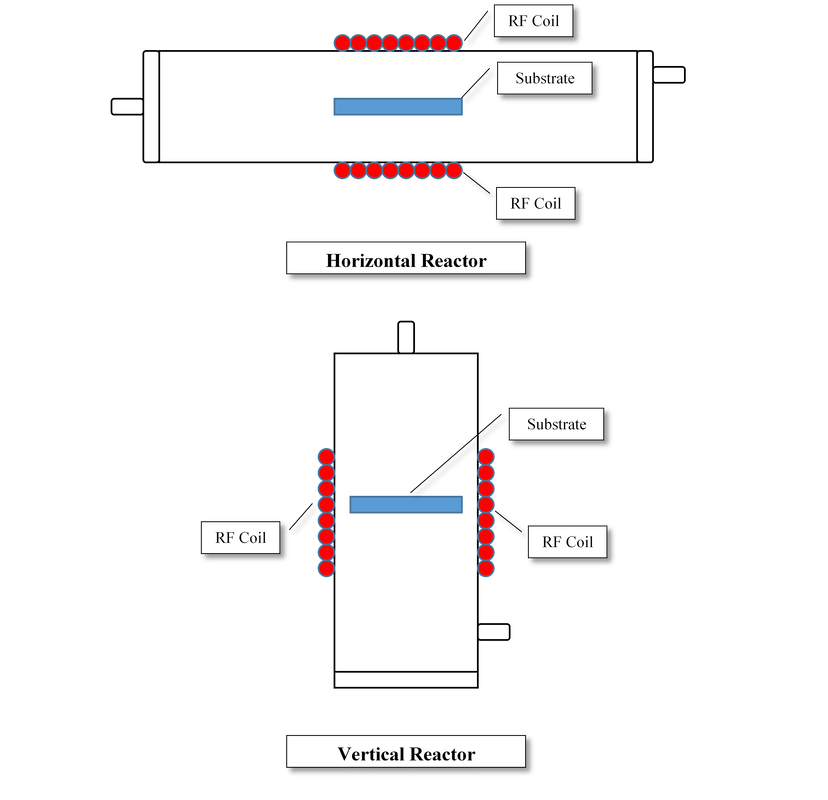
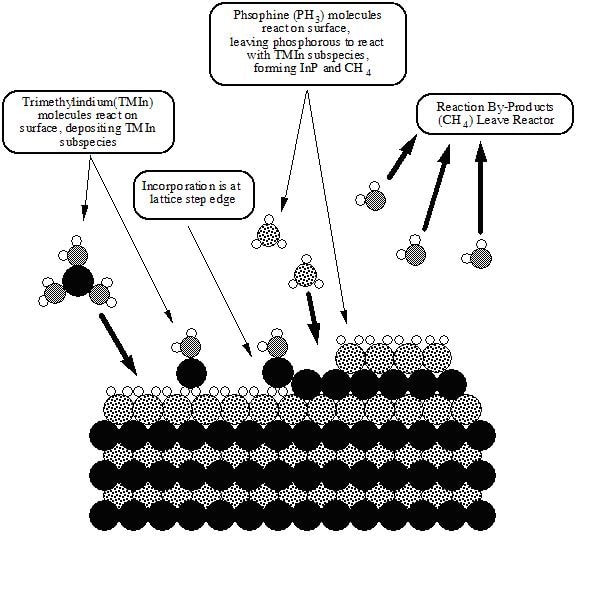






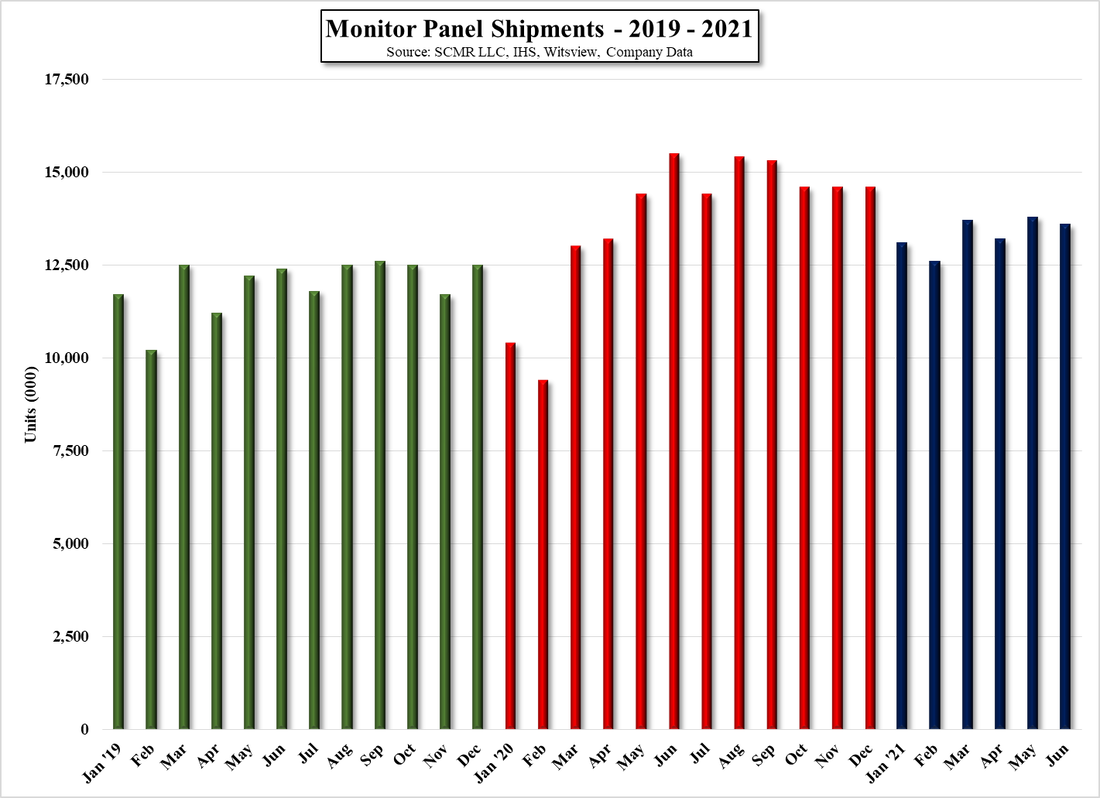
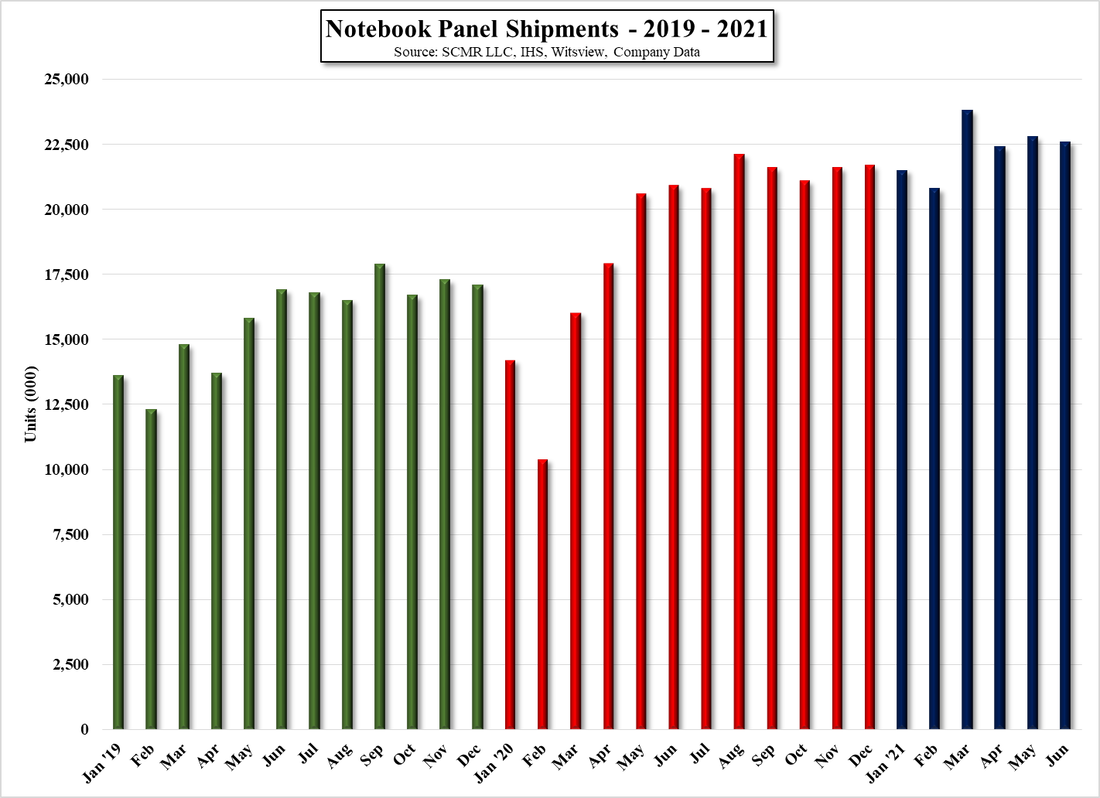
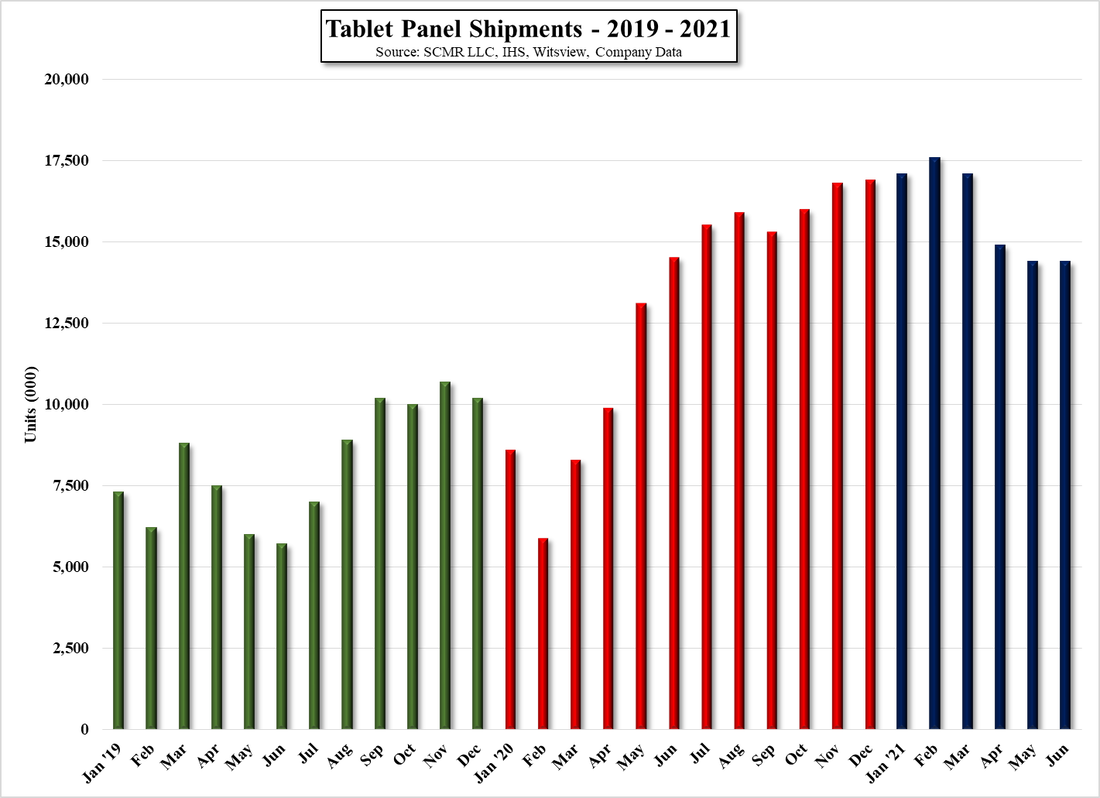
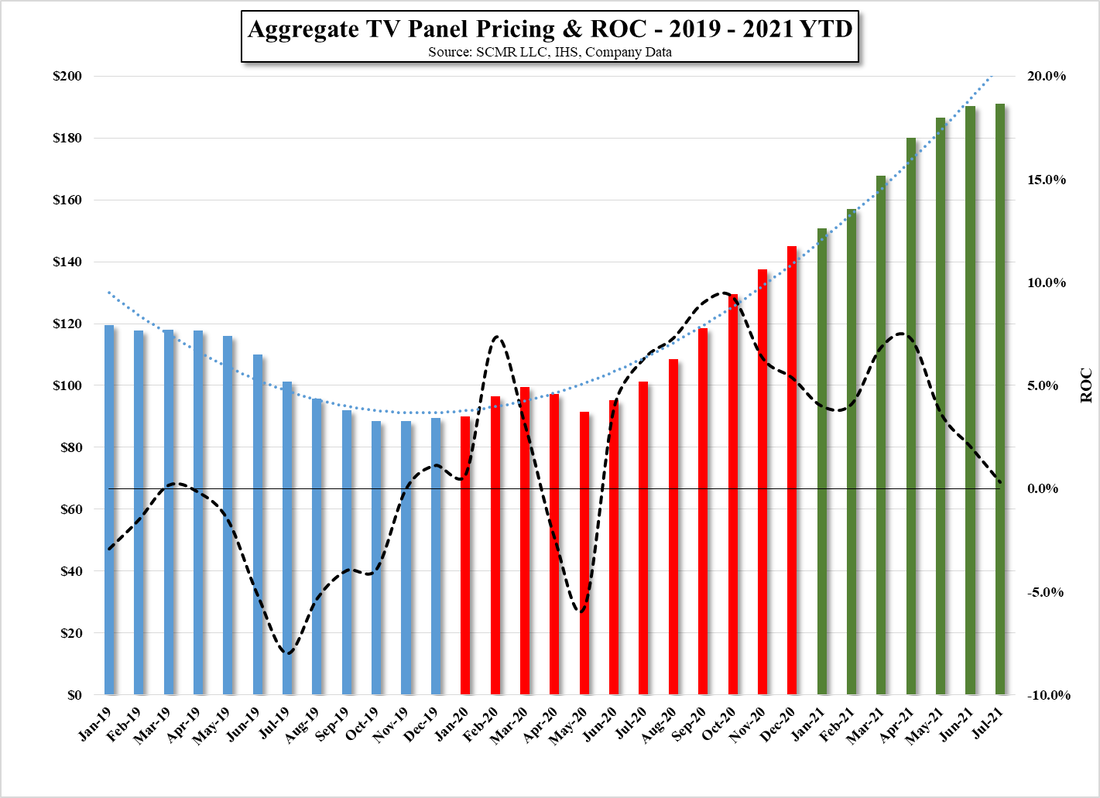
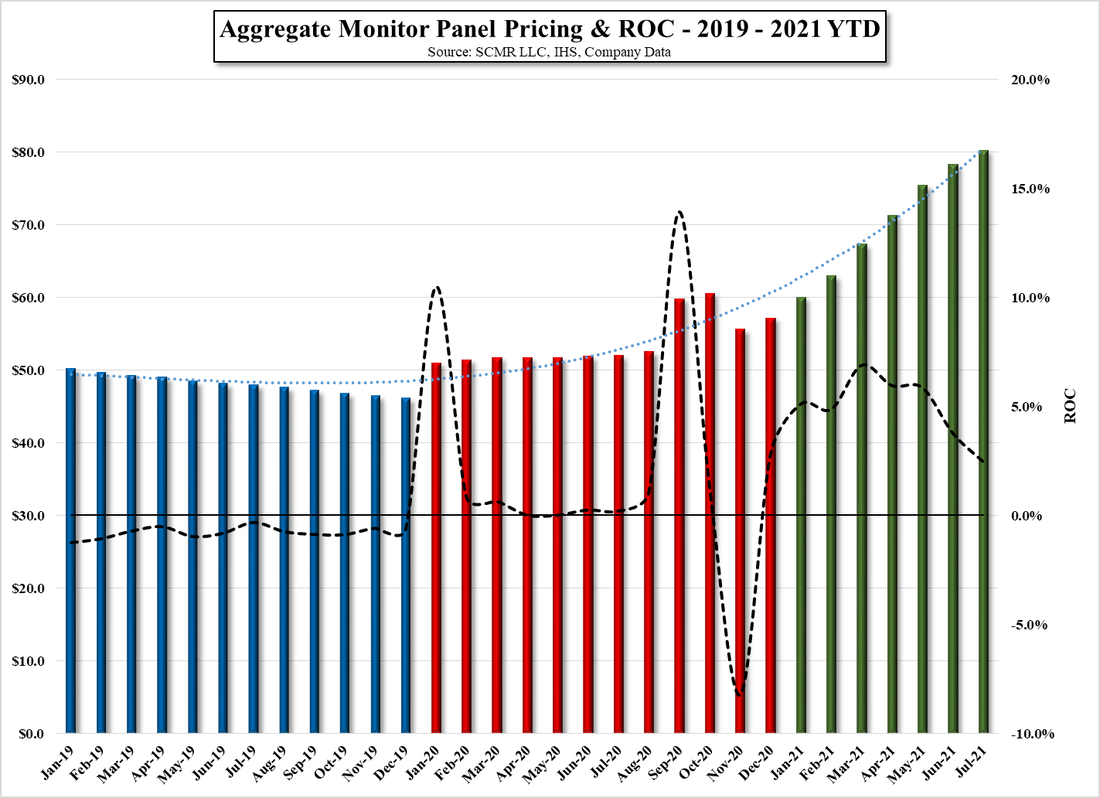
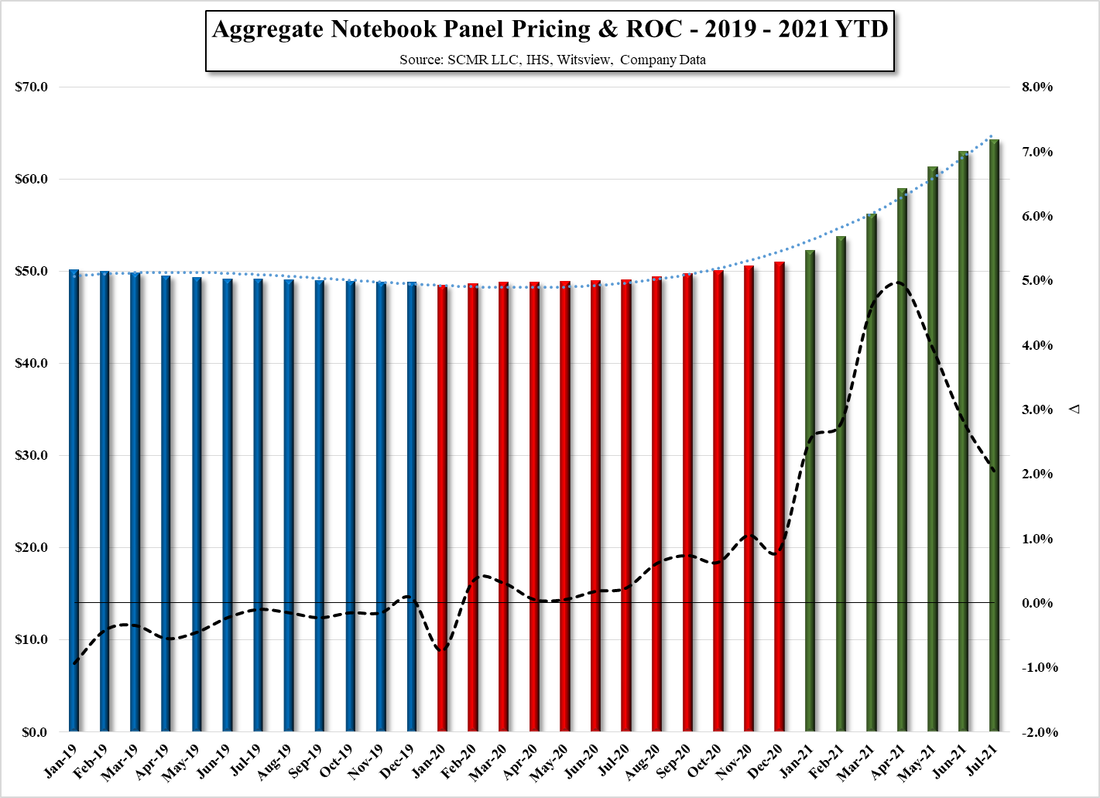


 RSS Feed
RSS Feed